The Stages of Periodontal Disease in New York
Healthy Gums
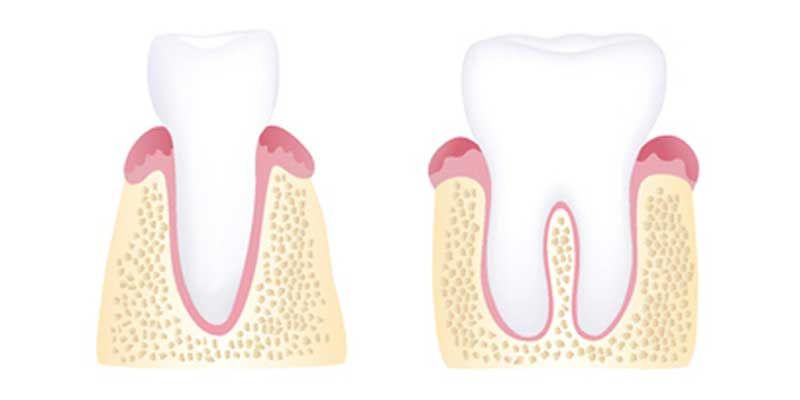
Firm, pink, gums attached to the teeth and supported by firm dense bone are the indicators of healthy gums and teeth that have the strong support they need.
Gingivitis
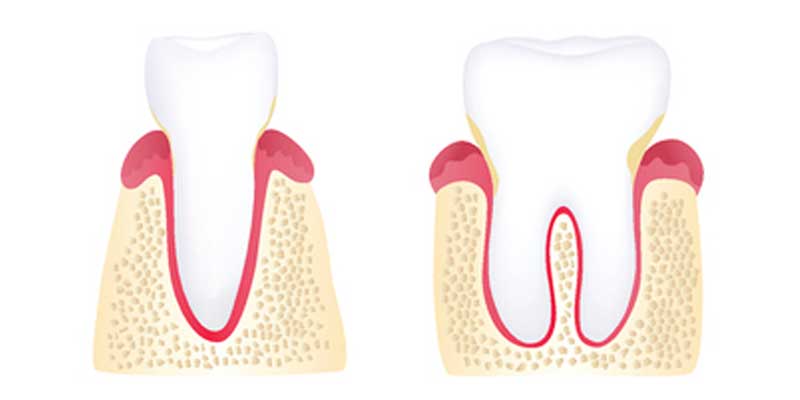
A build-up of bacteria causes Gingivitis. In its early stages, inflammation around the gums is observable, with gum tissues appearing red and swollen. Gums that are easily irritated or that bleed during tooth brushing indicate the presence of Gingivitis. Removal of the plaque buildup is necessary to prevent the development of gum disease.
Early Periodontitis
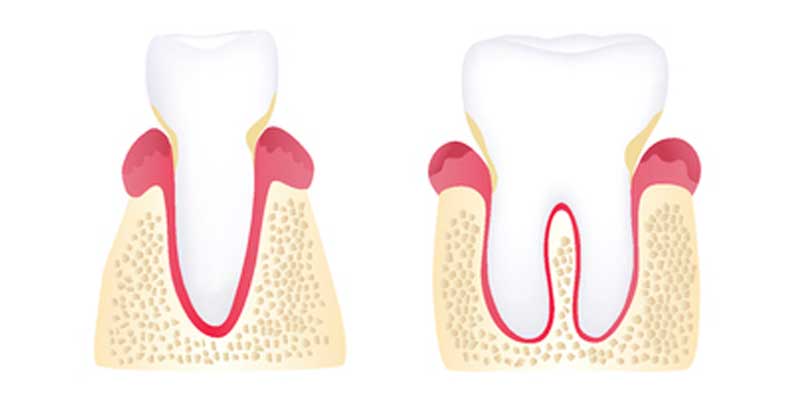
Continued inflammation of the gums can result in the gums pulling away from the teeth, allowing for formation of “pockets” filled with bacterial plaque, calculus (tartar), food debris and pus. This painless infection now has resulted in damage to the bone (socket) supporting the teeth.
Moderate Periodontitis
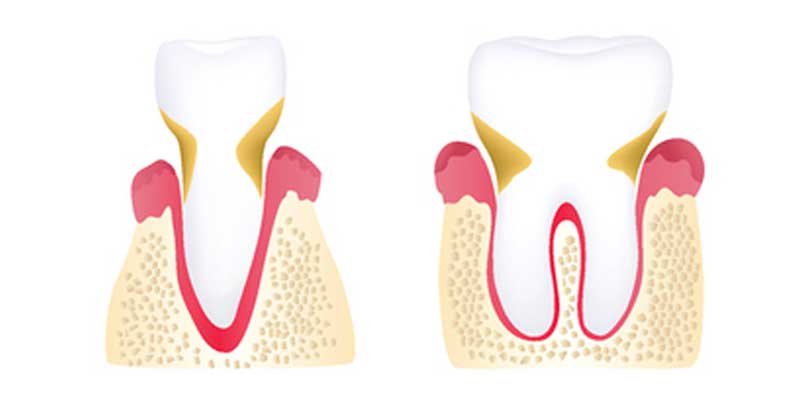
Further spread of the gum infection results in further loss of bone support. Lose, shifting teeth and more obvious recession of the gum can be seen.
Advanced Periodontitis
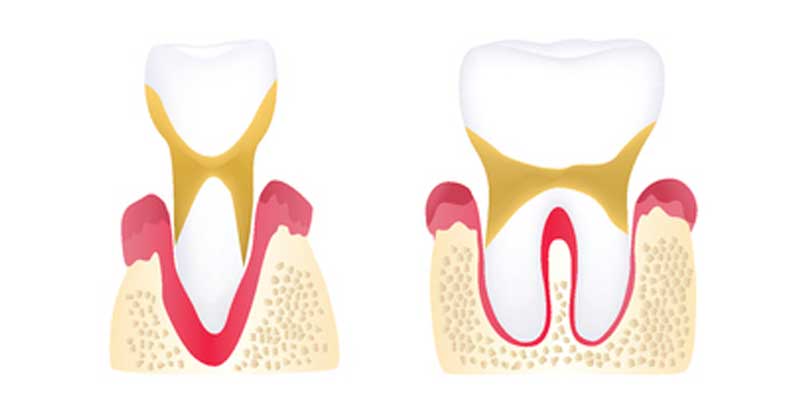
Advanced gum disease is one of the leading causes of tooth loss in adults. Painful gum abscesses can occur as the deeper infection gets trapped under the gum, resulting in a buildup of painful pressure.
Treatments
Conservative (non-surgical) periodontal therapy can sometimes be an effective way to control infection and to allow for natural healing. Antibiotics are also frequently used in treating gum disease. The use of antibiotics alone, however, would be of only limited help in eliminating this infection since the deposits of plaque, tartar, food debris and pus would still remain stuck under the gum long after the antibiotics have been completed. There are many ways of treating periodontal disease. Our office will review your options and help you choose the best treatment or treatments to help preserve oral health.
